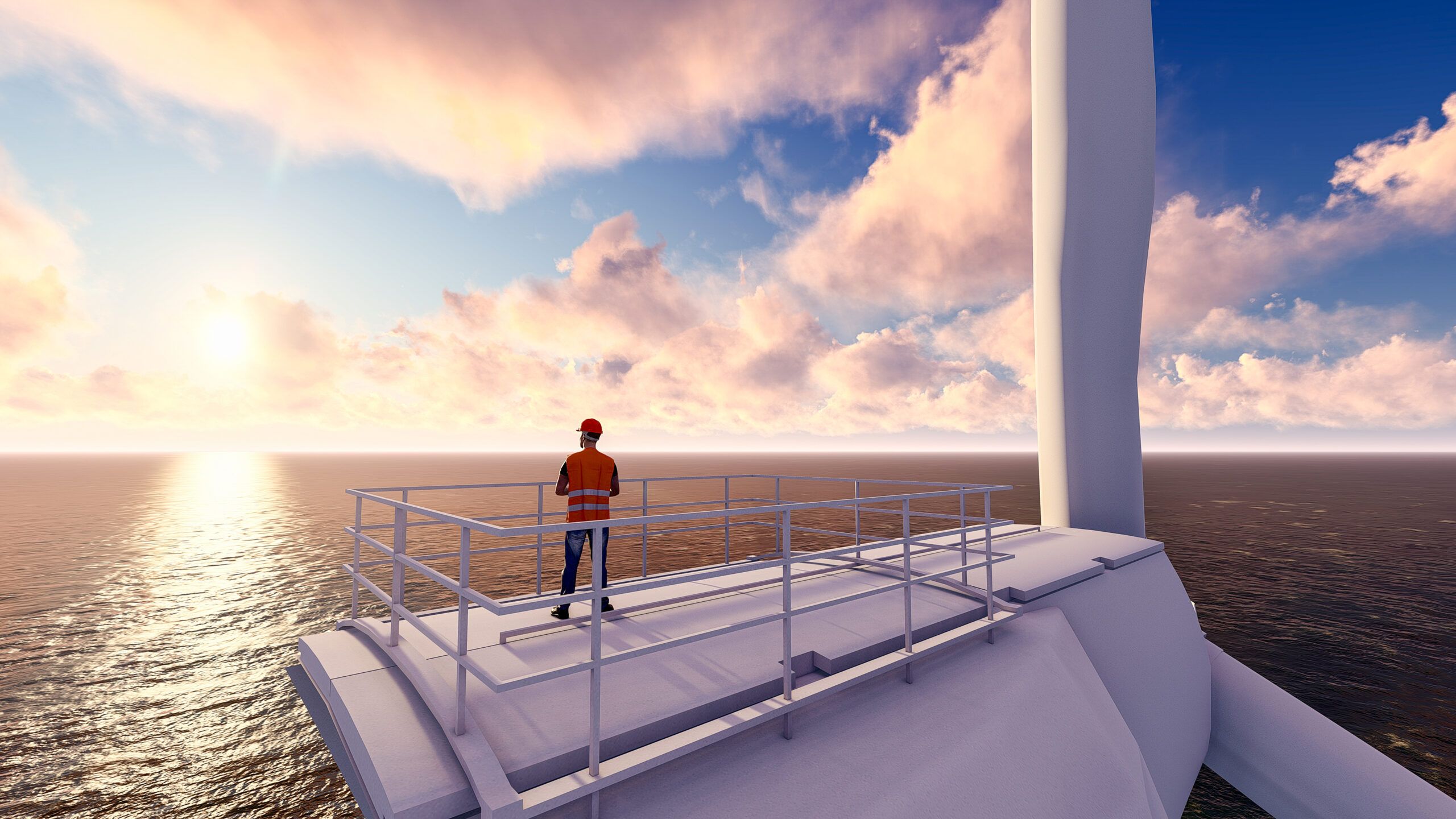Higher prices for steel, labor and debt financing have raised the cost of developing a wind farm by almost 40% since 2019, The Wall Street Journal reports.
Developers’ struggles are having a knock-on effect on the turbine makers that supply them, including Vestas, GE and Siemens Energy. The latter’s wind unit, Siemens Gamesa, lost $4.7 billion in the last fiscal year alone.
The industry’s deepest challenges are in the U.S., a market poised to be the next growth frontier following the Biden administration’s pledge to install 30 gigawatts of offshore capacity by 2030. Instead, developers are taking multibillion-dollar losses on U.S. projects, or backing out entirely.
According to BloombergNEF, of the 21.6 gigawatts of offshore wind power awarded or signed so far in the U.S., one-quarter have been canceled and nearly another one-third are at risk.
Governments and companies became used to the cost of renewable energy heading only one way, as the global average levelized cost of electricity generated by offshore wind—a measure of the minimum price necessary to cover the lifetime costs of a project—has plunged by 66% since 2009, according to BloombergNEF data.
But after years of becoming more competitive as a source of power, offshore wind is beginning to look expensive in some markets compared with fossil-fuel alternatives. Globally, new offshore wind projects still work out cheaper than natural gas ones and are level with coal. But offshore wind looks costly in the U.S., partly because the supply chain is so immature and will need heavy investment for several years.
These trends track with the recent state of offshore leasing in Louisiana. According to a 10/12 Industry Report story from earlier this week, companies looking to develop solar tracts will instead have to double down on oil and gas as the energy transition hits a snag. Read more from The Wall Street Journal.



